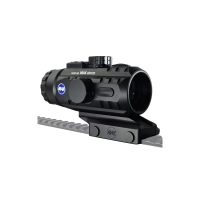Operational supervision
Exhaust system/supercharging
A3.06.06.02
M20/M25/M32/M43/M552C/M601C
en / 11.05.2000 BA000658 2/4
Ĺ
The exhaust temperatures before and after the turbocharger are used to assess the thermodynamic
load condition of the engine as they cover the overall thermodynamics of the engine, exhaust
turbine and intake condition.
The temperatures after the turbocharger should not exceed the full load value in the acceptance test
certificate A1.10 by more than 30 K.
∆t
texh. after turb.
≤ 30 K
• Compare the exhaust temperature after the turbocharger during full load operation with the
specification in the acceptance test certificate A1.10.
If ∆ t > 30 K, then determine the cause of the temperature rise (different ambient conditions,
type of fuel, fouled charger etc.). Also refer to A3.11.18.nn.
Reduce the engine power if the maximum permissible temperature after the turbine is
exceeded during operation with
Heavy fuel t
texh. after turb.
max. 400 °C
Distillate fuel t
texh. after turb.
max. 420 °C
• Make an additional check of the combustion by assessing the exhaust opacity. If combustion
is good, the exhaust will be invisible or a light grey. Assessment of the exhaust colour: refer to
A3.11.18.nn.
Note for exhaust temperature monitors:
Contrary to the monitor for the average exhaust temperature, an alarm is only activated when limit
values are reached when monitoring the exhaust temperatures of each cylinder (thermal overload
of a cylinder or misfiring). Total misfiring can cause damage to the flexible coupling!
It should be noted that partial misfiring already subjects the flexible coupling to impermissible
loads. Refer to A3.12.02.nn.

